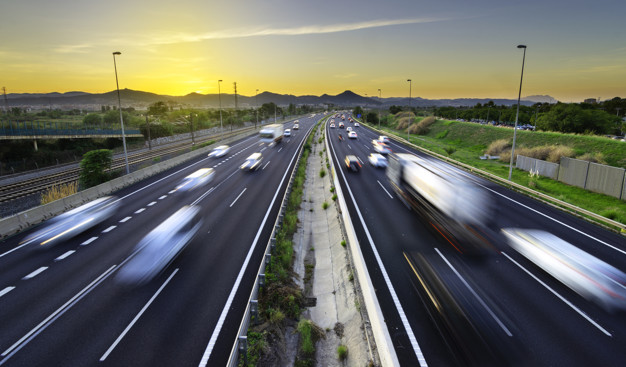
Florida has the deadliest highways in the United States. The most dangerous road in Florida is the I-4, which is used by visitors and runs past some of the state’s top attractions including Disney World and SeaWorld.
According to one study that tracked accident data from January 2016, this highway has 1.25 fatalities per mile. Since the study began, that’s a total of 775 accidents.
Here are some sobering statistics that show the risk on various parts of the highway:
- Between Lakeland and Orlando – During the study, there were 775 accidents along this stretch of the highway.
- Tampa’s “Malfunction Junction”-This is one of the worst traffic bottlenecks in the U.S., which contributed to the 503 accidents that took place there during the study.
- Plant City – On this stretch of the highway during the study, there were 388 accidents.
Although in most of the other dangerous parts of the highways most crashes were caused by drivers in their twenties, between Lakeland and Orlando they only represented one-third of at-fault drivers.
Florida’s Five deadliest Accidents
The Florida Highway Safety and Motor Vehicles Department has reported that the state sees 650 accidents every day and 200,000 crashes annually. These were the worst.
I-75 South of Alachua, January 2019
Number of vehicles involved:70
Number of fatalities: 4
Number of injured: 38
This deadly pileup was one of the worst car accidents in recent U.S. history. It was the result of a perfect storm of conditions that blocked visibility. The highway was covered with heavy fog, and a brush fire also enveloped the road with a thick cloud of smoke. In the end, 70 vehicles ended up colliding due to a chain reaction and limited visibility. Tractor-trailers and a tanker were involved, and some of these landed on other vehicles or burned.
I-75 Near Naples, January 2002
Number of vehicles involved: 27
Number of fatalities: 3
Number of injured: 13
This massive accident was caused by heavy fog, which obscured the visibility of the drivers on the road. The accident started when a car carrier crashed into a truck and a car, setting off a chain reaction. Sixteen tractor-trailers were involved in the accident, which left more than a half-mile of wreckage behind.
I-19 North of Jacksonville, September 2017
Number of vehicles involved: 22
Number of fatalities: 1
Number of injured: 13
This huge pileup was the result of lane closure after a smaller accident that same night. The Highway Patrol closed several lanes of traffic. Traffic was at a standstill, but the driver of one tractor-trailer failed to realize it in time. The tractor-trailer plowed into a car, which set off a chain reaction that ended up with 22 cars involved. It’s a miracle more people weren’t killed.
1-75 South of Gainesville, January 2012
Number of vehicles involved: 18
Number of fatalities: 11
Number of injured: 18
This accident took place shortly before 4:00 a.m. It was still dark, and there was heavy fog. Like the first crash on the list, the air was smoky due to a nearby brush fire. That fire wouldn’t be the only fire that night. Several of the vehicles involved burst into flames. Rescuers ended up having to locate victims by the sounds of their screams and moans of pain.
What To Do If You’re Involved in a Pileup
If you drive on Florida highways, it’s important to know what you need to do if you’re involved in a pileup. Once it happens (and it does all too often) it’ll be too late for you to research what your next steps should be. It’s likely you’ll end up involved in a lawsuit, and what you do after an accident is critical to your success. You can learn more about lawsuits representatives here.
After a pileup, the first thing you need to do is check yourself and anyone else in your car for injuries. Turn on your vehicle’s hazard lights. Remain strapped into your seatbelt until you’re sure it’s safe to exit the vehicle. Call 911 and wait for the paramedics to arrive.
If you are able, take photos and videos of the scene of the accident and get the contact information of any witnesses. Pileups are complex legal cases with many factors involved. Before you make a claim with insurance, it’s best to speak to an attorney.












